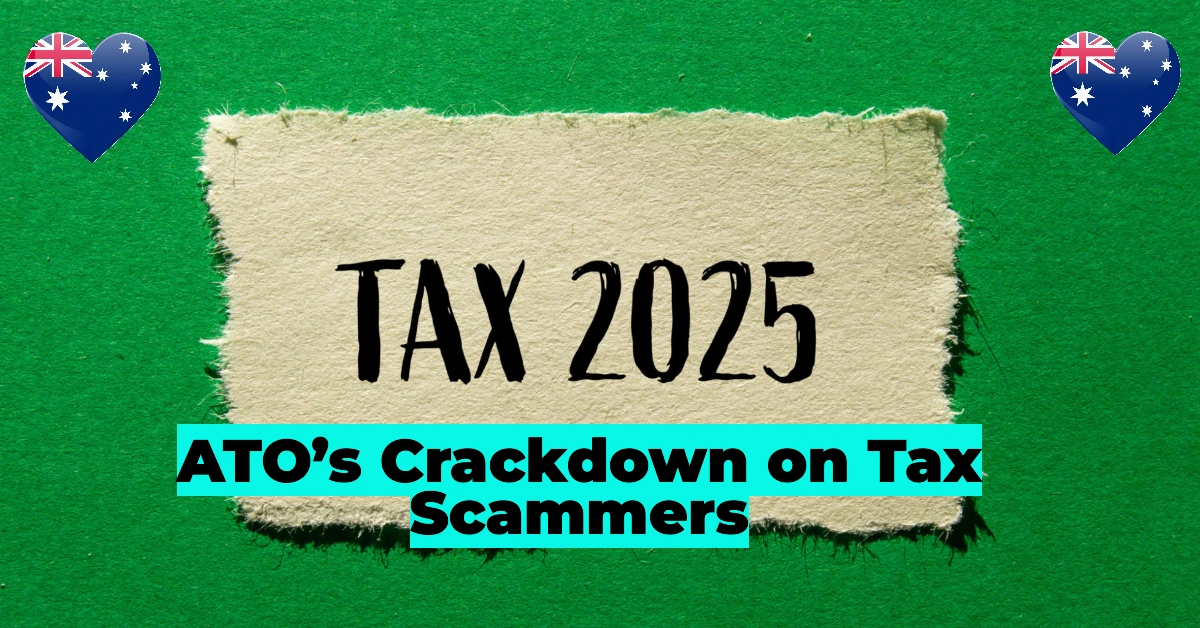The Australian Taxation Office (ATO) is stepping up its fight against a rising wave of tax fraud, unveiling plans to implement real-time fraud detection technology. The initiative aims to tackle an alarming trend where fraudsters exploit digital loopholes to steal tax refunds, siphoning more than $557 million from unsuspecting Aussies.
Table of Contents
The Growing Threat: Fraudsters Exploiting MyGov Accounts
Criminals have been exploiting the ATO’s digital systems by creating fake myGov accounts and linking them to the tax records of real taxpayers. Once linked, scammers alter bank account details and submit fraudulent refund claims, often netting thousands of dollars in stolen funds per transaction.
To counteract this, the ATO has put out a tender for industry-leading fraud detection technology, aimed at preventing such crimes in real time. The new system will enable the ATO to immediately flag, halt, delay, or verify suspicious transactions, significantly improving fraud prevention measures.
Aussie retirees may face higher taxes under these Circumstances in 2025
Australians Set to Earn More and Keep More with Labor’s Expanded Tax Cuts in 2025
Claiming Tax Deductions Without Receipts in Australia: What You Need to Know
Simplifying Superannuation: Radical Tax Reforms Could Save $1 Billion Annually
How the ATO Plans to Strengthen Security
The ATO’s new Counter Fraud Program is backed by a $187 million investment over four years. This funding will be used to:
- Strengthen ATO systems and security protocols
- Enhance fraud detection and response capabilities
- Implement real-time transaction monitoring
- Improve assistance for victims of tax identity theft
- Send real-time alerts via the ATO app to warn taxpayers of high-risk activities
The real-time fraud detection engine is expected to be operational by March 2025, with the tender closing on March 21, 2025.
How Are Scammers Stealing Tax Refunds?
A report from Ombudsman Iain Anderson highlighted that fraudsters primarily use “unauthorised linking” to access taxpayer records. This method is often linked to identity theft and relies on several tactics, including:
- Data Breaches – Using stolen data from major hacks (e.g., Optus and Medibank breaches)
- Phishing Scams – Tricking victims into sharing personal information via fake emails and messages
- Dark Web Marketplaces – Buying and selling stolen identities
- Physical Theft – Stealing documents from mailboxes or rubbish bins
ATO Warns of Rising Phishing Scams
ATO and myGov phishing scams remain among the most commonly reported fraud attempts in Australia. Fraudsters send emails or SMS messages impersonating the ATO, often including malicious links that trick users into revealing sensitive information.
The ATO has reiterated that it never sends unsolicited messages with links to log in to online services. Taxpayers are urged to report suspicious emails or SMS messages and remain vigilant against scams.
What to Do If You Suspect Tax Identity Fraud
If you believe your tax details have been compromised, contact the ATO immediately at 1800 467 033. The ATO is actively working to assist victims by providing enhanced security measures, including the ability to lock compromised accounts and implement additional authentication steps.
As tax fraud continues to rise, the ATO’s real-time fraud detection initiative promises to be a game-changer in safeguarding Aussies’ hard-earned refunds.

